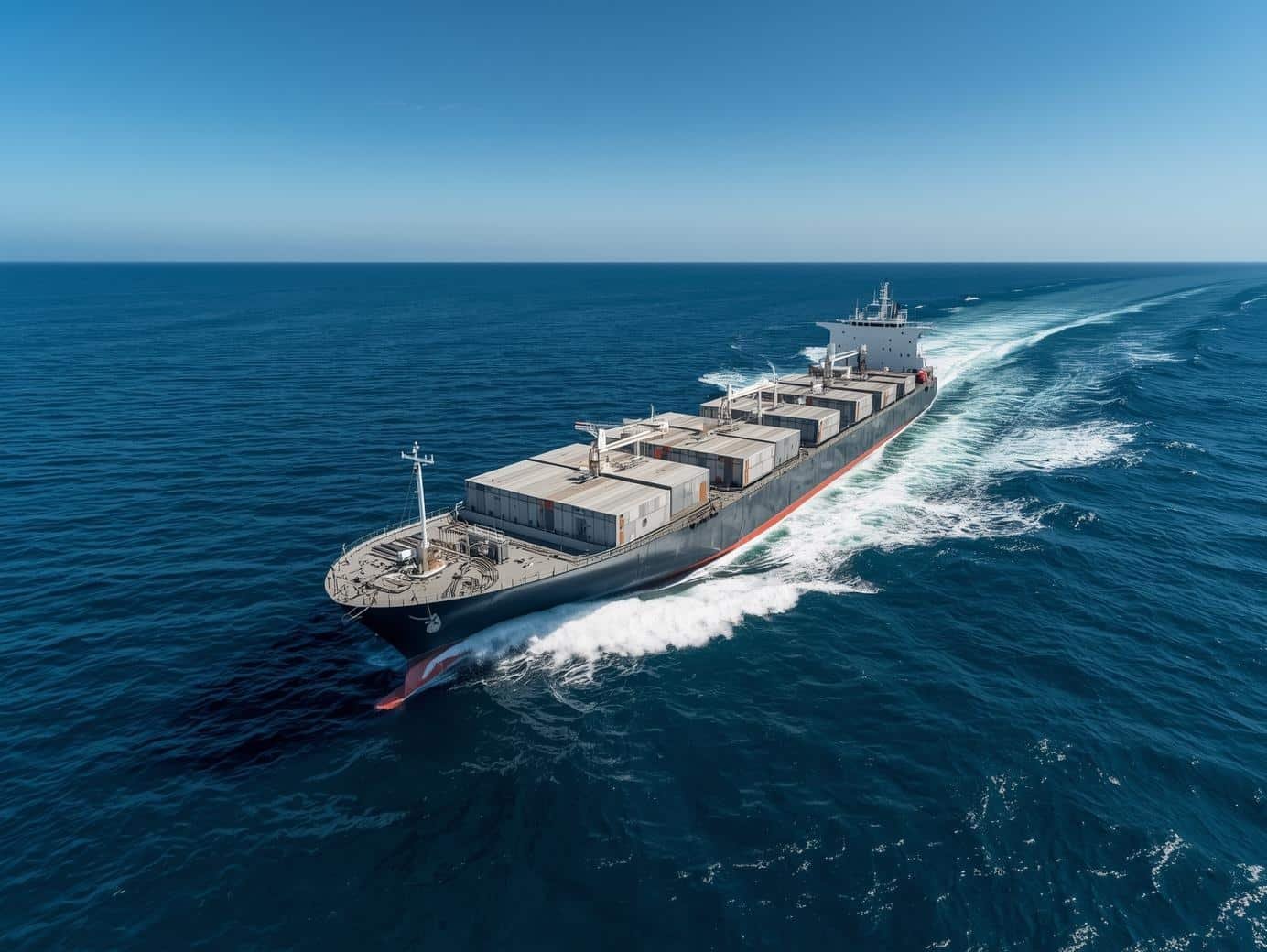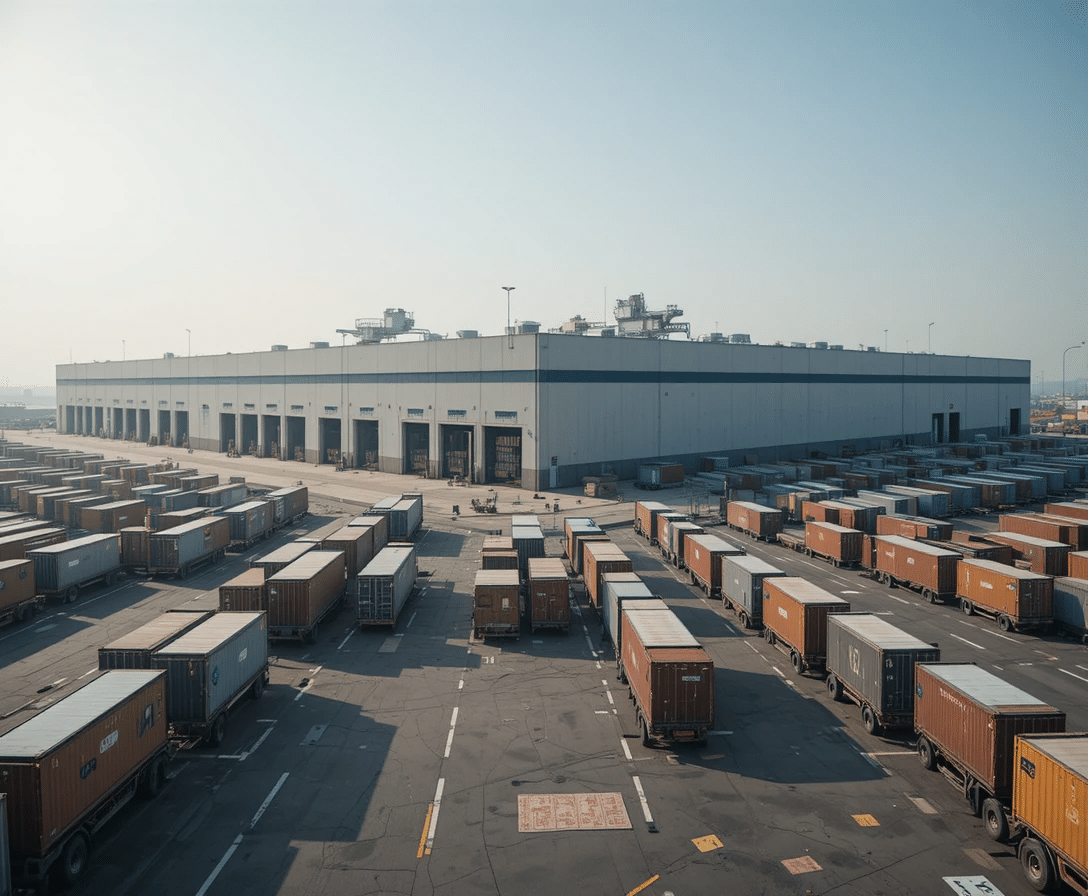How Long Does It Take to Ship from China to Japan?
By Guanwutong / October 22, 2025
The China-to-Japan shipping lane is defined by its speed and high service frequency. For modern supply chains, the priority is not merely the fastest mode, but achieving the most reliable and predictable transit time. This predictability is crucial for minimizing buffer stock and ensuring Just-in-Time (JIT) fulfillment.
This guide provides a detailed breakdown of transit time ranges for sea, air, and express options, incorporating October 2025 market stability. We offer actionable strategies focused on minimizing lead time volatility and mitigating the key risks that cause unexpected delays.
Readers will gain the expertise to choose the right mode to meet tight deadlines, anticipate customs delays, and utilize specialized logistics planning to ensure on-time delivery across this vital trade route.

1. Transit Time Overview: Shipping from China to Japan by Mode
Choosing the right speed relies on a clear comparison of lead times across modes. Note that the total lead time (door-to-door) is always longer than the pure transit time (port/airport-to-port/airport).
Actionable Advice: If your inventory needs exceed a 15-day lead time, Sea Freight is viable. If the required lead time is under 7 days, Air Freight is mandatory.
Sea Freight Time from China to Japan: Reliability and Direct Routes
Sea freight is the most reliable mode for bulk inventory planning. Total delivery typically takes 8–15 days door-to-door. The short-sea nature of this route (3–7 days port-to-port) means any significant delay is usually tied to inland processing, port congestion, or customs clearance.
In October 2025, high vessel frequency and operational stability in major Chinese and Japanese terminals contribute to reliable schedules, making the sea leg highly predictable.
Air Freight from China to Japan: Securing the 1–3 Day Window
Air freight is the solution for minimizing lead time volatility. Total delivery time is a rapid 1–3 days door-to-door. While the flight time itself is only a few hours, the remaining time is critical logistics processing: cargo handling, security checks, and expedited customs clearance.
The primary challenge in air freight is not speed, but capacity allocation. For urgent or high-volume air shipments, guaranteed space with a reliable carrier is more valuable than the base rate.
For mission-critical replenishment, use a hybrid approach: maintain core inventory via Sea Freight, and use Air Freight only to buffer against sudden demand spikes or production shortfalls.
2. Key Factors That Undermine China to Japan Shipping Time
The most common causes of schedule slippage are not related to the vessel speed, but to processing bottlenecks. Managing these risks is key to maintaining a tight delivery schedule.
Customs Clearance Speed and Documentation Errors
Customs clearance is the single greatest risk factor for delays. While Japanese customs are efficient, errors lead to mandatory inspections, adding several days to the timeline.
Risk: Incorrect HS classification, incomplete required licenses (e.g., for specialized electronics or food).
Time Added: 3–7 days for inspection and paperwork correction.
Actionable Advice: Engage a customs broker in China who can handle or advise on Japanese clearance requirements. Pre-filing documentation and ensuring HS-code accuracy remain your best defense against clearance delays.
Seasonal Weather and Holiday Bottlenecks
External events create temporary, unavoidable delays that must be factored into your annual plan:
In October 2025, the immediate risk from typhoons is receding, but Chinese Golden Week backlogs may still affect container loading schedules.
Inland Transport and Port Congestion
The efficiency of drayage (trucking) and terminal operations directly impacts your total lead time:
- Origin Risk: Factory distance to the Chinese port adds drayage time.
- Destination Risk: Port Congestion in Tokyo/Yokohama or Kobe can delay offloading, causing vessels to wait and creating backlogs in container processing.
Minimize the distance from your factory to the port in China. In Japan, prioritize using a local logistics partner who can secure immediate trucking and minimize port dwell time.
For any suggestion, feel free to contact GWT Shipping. Our team will provide professional, standards-compliant advice tailored to your specific needs.
Route Examples: Achieving Predictable Transit Times (FCL)
Selecting the optimal port pair minimizes both sailing time and inland drayage. These times are achievable only with direct vessel services.
Actionable Advice: Prioritize carriers offering fixed-day weekly services on your chosen route. Fixed schedules provide the highest reliability, even if they aren’t always the absolute fastest option. GWT Shipping is fully confident in this area.
3. Advanced Time Management Strategies for Shippers
Speed is an element of logistics; reliability is a strategy. These advanced steps help control and shorten your overall timeline:
A. The Control Factor: Why FOB Terms Offer Better Speed
The Incoterm you use dictates which party controls the carrier selection.
FOB (Free On Board): Recommended for speed. As the buyer, you appoint the forwarder, allowing you to select a carrier known for reliability and short transit times, not just low cost.
CIF (Cost, Insurance, and Freight): The seller controls the carrier choice, often leading to slower, less predictable schedules chosen to minimize the seller’s cost, not your time-to-market.
B. Mitigation of Last-Mile Delays in Japan
Japan’s domestic logistics are efficient but highly reliant on scheduled bookings. Last-mile delays often occur due to poor planning after the container clears customs.
Strategy: Utilize cross-docking at a warehouse near the port instead of traditional storage. Cross-docking minimizes terminal dwell time and gets goods on final delivery trucks within hours of customs release, cutting the final lead time by 1–2 days.

C. The Importance of Digital Transparency
Working with a modern freight forwarder who provides real-time GPS tracking and customs pre-alert systems allows for proactive management. If a vessel is delayed, you can immediately reschedule your warehouse receiving team and inland trucking, preventing wasted labor hours.
Focus on Controlling the Main Carriage by choosing FOB. This single decision gives you the power to prioritize a fast, reliable carrier over a cheap, slow one.
Phần kết luận
Mastering the China to Japan shipping time ultimately relies on choosing reliability over raw speed or lowest cost. For this high-frequency, short-haul route, time volatility—not the base transit time—is the primary risk to your supply chain.
The core strategy for success is simple: Control the variables you can.
Mode Selection: Use Air Freight (3–5 days) only for critical, time-sensitive needs where the Cost of Delay (CoD) is high. Rely on Sea Freight (8–15 days) for predictable bulk inventory, focusing on direct services.
Documentation: Proactively manage the customs risk by pre-filing accurate HS-codes and documentation before the shipment departs China.
Control: Insist on FOB (Free On Board) terms to select a specialized forwarder known for high schedule reliability and transparency, giving you control over the main transit leg.
By focusing on these actionable steps, from utilizing fixed-day services to mitigating last-mile delays with cross-docking, you can transform the China-Japan route from a source of schedule uncertainty into a highly efficient and predictable competitive advantage in the Northeast Asian market.
Câu hỏi thường gặp
The key is perfection in documentation. You must pre-file all paperwork electronically and ensure the HS-code is precisely accurate. Any discrepancy, particularly for specialized commodities, will result in an inspection and delay.
LCL (Less-than-Container Load) typically adds 3 to 5 extra days compared to FCL due to mandatory consolidation and deconsolidation processes. You should switch to FCL immediately if your cargo volume exceeds 15 CBM, as the saved time will often offset the cost difference.
The biggest operational risk is Demurrage/Detention fees and the associated delay. If there is a customs hold or trucking shortage, the container sits idle, quickly accruing fees and delaying the final delivery. Proactive trucking arrangement is the only effective defense.
You use Air Freight when the Cost of Delay (CoD) is high. This includes lost sales, penalty fees for missing a launch date, or the high risk of inventory obsolescence (common with fast-moving electronics). The speed justifies the expense by protecting revenue.
Yes, primarily due to distance and frequency. Shanghai and Ningbo generally offer the shortest transit times (4-7 days to Tokyo) due to high vessel frequency. Shenzhen may add 1-2 days of sailing time due to the longer distance, but is better if your factory is in South China.
For the fastest service, provide the commodity description (including the HS-code), the precise CBM and weight, the Incoterm (FOB is best), and the required delivery date in Japan.
Ready to transform your China-Japan route into a reliable JIT lifeline and unlock a true supply chain advantage?


Thank you for reading!
Have questions, corrections, or better ideas? We’d love to hear from you!
We value every piece of feedback and promise to reply within 24 hours. Let's make this guide better together!
Note: Spam comments will not be published.